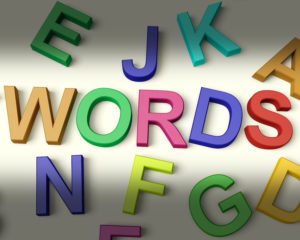Quick links, bringing you great articles on writing from all over the web.
K.M. Weiland post comes down to two things – show don’t tell – and make the details of your characters count. In the Harry Potter stories, Harry is known for his lighting bolt scar on his forehead, but J.K. Rowling doesn’t beat us over the head with it. Instead you will find Harry being self conscious about it, or it causing pain as a warning. It adds to Harry’s character but doesn’t define him. Read the full details over at Helping Writers Become Authors.
~ * ~
Most Common Writing Mistakes, Pt. 51: One-Dimensional Characters

June 13, 2016
K.M. Weiland
The most magical moment in writing is when you sit down with a new batch of characters, turn them loose on the page, and… they come to life. They spring up from that flat, white expanse of page, and they’re real. They’re dimensional. They’re organic. They’re compelling and interesting and wonderful. Except, of course, for when they’re not. Sometimes the magic doesn’t work out like that right off the bat. Sometimes you sit down, start typing, and what comes clunking onto the page are one-dimensional characters who are just going through the motions of the story.
The term “dimension” gets thrown around a lot among writers. We hear it and nod our heads sagely, “Oh, yes, we must have three-dimensional characters. One-dimensional characters are so dreadful.”
Honestly, it’s kind of a vague concept. “One-dimensional characters” is really just code for “bad characters.” But saying a character isn’t well written doesn’t do much to help you know how to write a better character.
Good news! That’s what we’re going to talk about today.
~ * ~
If you liked this article, please share. If you have suggestions for further articles, articles you would like to submit, or just general comments, please contact me at paula@publetariat.com or leave a message below.














